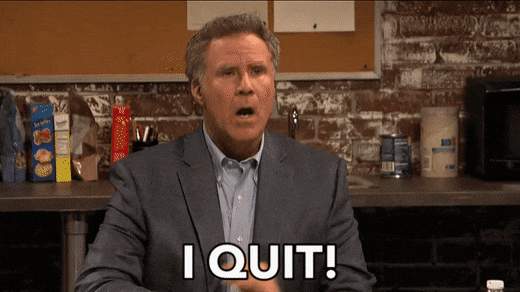I went out and got myself a new job. I consider myself to be “Barista FIRE” because I still enjoy my tech job in Silicon Valley and taking advantage of my employer’s benefits. Aside from the obvious health insurance benefits, employer-provided programs have allowed me to build my wealth to become financially independent which is why I stay employed. Employer-provided programs such as:
- always participating in Employee Share Purchase Plan
- receiving stock RSU refreshes
- employer contributions to Health Savings Account (HSA)
- maxing out 401k contributions per year
- employer matching of your 401k contributions
Ultimately my goal from interviewing was to find a higher total compensation in the form of a new initial RSU grant.
Not Enough RSU Refresh
If you work in the Bay Area for a public technology company, as I do, then part of your total compensation is paid in Restricted Stock Units (RSUs). As part of my FIRE education, I had to learn what RSUs are, how they are paid out, and how they are taxed. The average tenure for people in Silicon Valley is less than 3 years. This is mostly due to the idea of RSU compensation packages that generally span over 4 years. Annual RSU refreshers will help build your total compensation higher. However, after 4 years the initial RSU grants will run out and you will experience a drop in compensation starting year-5 also known as the compensation cliff. This fact is the driving reason why most Silicon Valley workers will seek new employment. This was also my reason — I wanted a new initial RSU grant package.
Related Post: What is a Restricted Stock Unit?
The Compensation Cliff
Silicon Valley companies often use RSU refreshers as a form of incentive for employees to stay with the company longer. In other words, employers will grant an RSU refresh to an employee in hopes that the employee stays with the company past the future vesting dates. The combined earning power essentially peaks during year-4 when an employee with an initial RSU grant is combined with 3 RSU refresher packages. However, starting year-5 the initial RSU grant runs out and therefore total compensation drops often referred to as the compensation cliff. This is exactly what happened in my case as well which is why I started interviewing for a new job. My old employer gave RSU refresh amounts at 25% of the initial RSU grant package. Starting year-5 my total compensation dropped back down to where it was during year-1. My base pay increases sucked too. Time to look for a new job!
In my example below, the y-axis represents number of stock shares. The intial RSU grant is 400 shares that vest 25% annually or 100 shares per year. The RSU refreshes are 100 shares that vest at 25% annually or 25 shares shares per year. The cliff where Spider-Man is climbing is experienced after year-4 when the initial RSU grant runs out. Even after adding up 4 RSU refresh packages together, year-5 and beyond will only equate to year-1 in RSU compensation. Unless of course, you receive a promotion.
*Update* Some of my readers have informed me that there are a few Silicon Valley employers who are addressing this pay discrepancy. Where some employers are now offering RSU refreshers higher than 25% of the amount of the initial RSU grant package. I would love to know which employers are doing this in the comments section. Leave a comment below if you care to share.
To-Do List after Quitting
Below is a list of items that I need to complete after quitting. Here are my thoughts on each item.
- Rollover my 401k to my Roth IRA. I am willing to pay the taxes upfront to enjoy (hopefully) tax-free short-term capital gains from my stock trades.
- Move my HSA account balance to my new employer’s HSA account provider. My old employer actually had a better HSA program where my new employer pays less. Oh well, you can’t win them all. (DONE check out my Tweet below.)
- Setup my 401k contribution to maximize the 2021 limit of $19,500. (DONE on day-1 at my new job. Set it and forget it.)
- Participate in new employer’s ESPP. The next ESPP enrollment date will be April 2021 so stay tuned for that post update. (Have to wait until next offering April 2021.)








